Related Research Articles
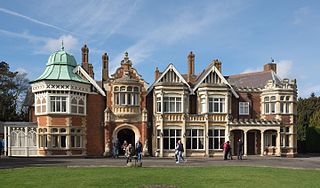
Bletchley Park is an English country house and estate in Bletchley, Milton Keynes (Buckinghamshire) that became the principal centre of Allied code-breaking during the Second World War. The mansion was constructed during the years following 1883 for the financier and politician Sir Herbert Leon in the Victorian Gothic, Tudor, and Dutch Baroque styles, on the site of older buildings of the same name.
Cryptanalysis of the Enigma ciphering system enabled the western Allies in World War II to read substantial amounts of Morse-coded radio communications of the Axis powers that had been enciphered using Enigma machines. This yielded military intelligence which, along with that from other decrypted Axis radio and teleprinter transmissions, was given the codename Ultra.
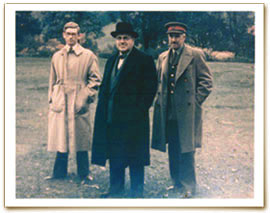
Sir Francis Harry Hinsley, was an English historian and intelligence officer. He worked at Bletchley Park during the Second World War and wrote widely on the history of international relations and British Intelligence during the Second World War. He was known as Harry Hinsley.
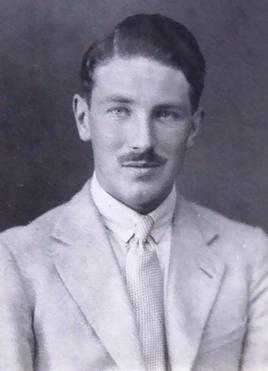
William Gordon Welchman was a British mathematician. During World War II, he worked at Britain's secret decryption centre at Bletchley Park, where he was one of the most important contributors.
Commander Alexander "Alastair" Guthrie Denniston was a Scottish codebreaker in Room 40, deputy head of the Government Code and Cypher School (GC&CS) and hockey player. Denniston was appointed operational head of GC&CS in 1919 and remained so until February 1942.

Conel Hugh O'Donel Alexander, known as Hugh Alexander and C. H. O'D. Alexander, was an Irish-born British cryptanalyst, chess player, and chess writer. He worked on the German Enigma machine at Bletchley Park during the Second World War, and was later the head of the cryptanalysis division at GCHQ for 25 years. He was twice British chess champion and earned the title of International Master.

Hut 6 was a wartime section of the Government Code and Cypher School (GC&CS) at Bletchley Park, Buckinghamshire, Britain, tasked with the solution of German Army and Air Force Enigma machine cyphers. Hut 8, by contrast, attacked Naval Enigma. Hut 6 was established at the initiative of Gordon Welchman, and was run initially by Welchman and fellow Cambridge mathematician John Jeffreys.
John William Jamieson Herivel was a British science historian and World War II codebreaker at Bletchley Park.

Sir Philip Stuart Milner-Barry was a British chess player, chess writer, World War II codebreaker and civil servant. He represented England in chess both before and after World War II. He worked at Bletchley Park during World War II, and was head of "Hut 6", a section responsible for deciphering messages which had been encrypted using the German Enigma machine. He was one of four leading codebreakers at Bletchley to petition the then-Prime Minister Winston Churchill directly for more resources for their work. After the war he worked in the Treasury, and later administered the British honours system. In chess, he represented England in international tournaments, and lent his name to four opening variations.
Albert Leslie Yoxall was a British codebreaker at Bletchley Park during World War II. He devised a method to assist in solving Enigma messages which was dubbed Yoxallismus. After the war he worked at GCHQ until the mid-1970s.
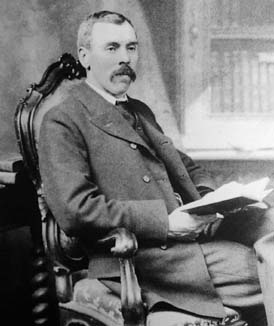
Henry Frederick Baker FRS FRSE was a British mathematician, working mainly in algebraic geometry, but also remembered for contributions to partial differential equations, and Lie groups.

John Robert Fisher Jeffreys was a British mathematician and World War II codebreaker.
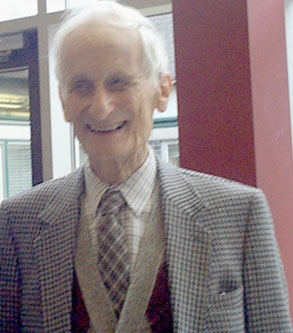
Shaun Wylie was a British mathematician and World War II codebreaker.
Robert Arthur (Bob) Roseveare was an English codebreaker at Bletchley Park during World War II and later a schoolteacher.
Hugh Rose Foss was a British cryptanalyst. At Bletchley Park during World War II he made significant contributions both to the breaking of the German Enigma code and headed the section tasked with breaking Japanese Naval codes.
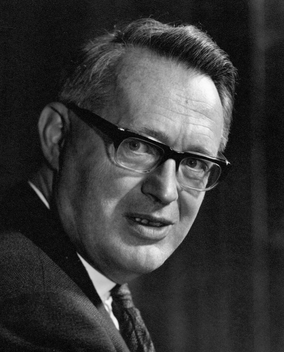
David Rees FRS was a British professor of pure mathematics at the University of Exeter, having been head of the Mathematics / Mathematical Sciences Department at Exeter from 1958 to 1983. During the Second World War, Rees was active on Enigma research in Hut 6 at Bletchley Park.
Keith Batey was a codebreaker who, with his wife, Mavis Batey, worked on the German Enigma machine at Bletchley Park during World War II.
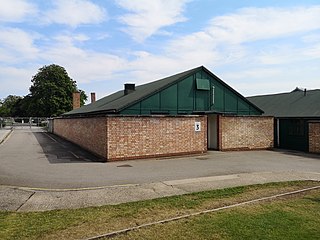
Hut 3 was a section of the Government Code and Cypher School (GC&CS) at Bletchley Park during World War II. It retained the name for its functions when it moved into Block D. It produced military intelligence codenamed ULTRA from the decrypts of Enigma, Tunny and multiple other sources. Hut 3 thus became an intelligence agency in its own right, providing information of great strategic value, but rarely of operational use. Group Captain Eric Malcolm Jones led this activity from 1943 and after the war became deputy director, and in 1952 director of GCHQ. In July 1945, General Dwight D. Eisenhower Supreme Commander of Allied forces wrote to Sir Stewart Menzies, Chief of the British Secret Intelligence Service (MI6) saying inter alia:
"The intelligence that has emanated from you before and during this campaign has been of priceless value to me. It has simplified my task as commander enormously. It has saved thousands of British and American lives and, in no small way, has contributed to the speed with which the enemy was routed and eventually forced to surrender."
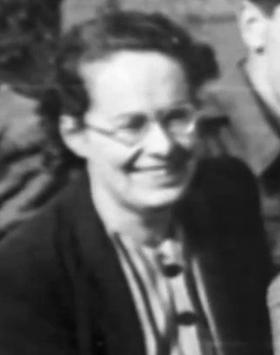
Joan Elisabeth Lowther Murray, MBE was an English cryptanalyst and numismatist who worked as a code-breaker at Bletchley Park during the Second World War. Although she did not personally seek the spotlight, her role in the Enigma project that decrypted the German secret communications earned her awards and citations, such as appointment as a Member of the Order of the British Empire (MBE), in 1946.
References
- 1 2 Randell, Brian (1980). "The Colossus" (PDF). p. 8. Archived from the original (PDF) on 17 February 2012. Retrieved 7 August 2012.
- ↑ Obituary in The Times, London of 24 June 1991 p16
- ↑ Secret Days: Code-breaking in Bletchley Park by Asa Briggs (2011, Frontline Books, London) p40 ISBN 978-1-84832-615-6
- ↑ The Hut Six Story: Brealing the Enigma Codes by Gordon Welchman (1982, Allen Lane, London) pp 35, 85, 126 ISBN 0 7139 1294 4